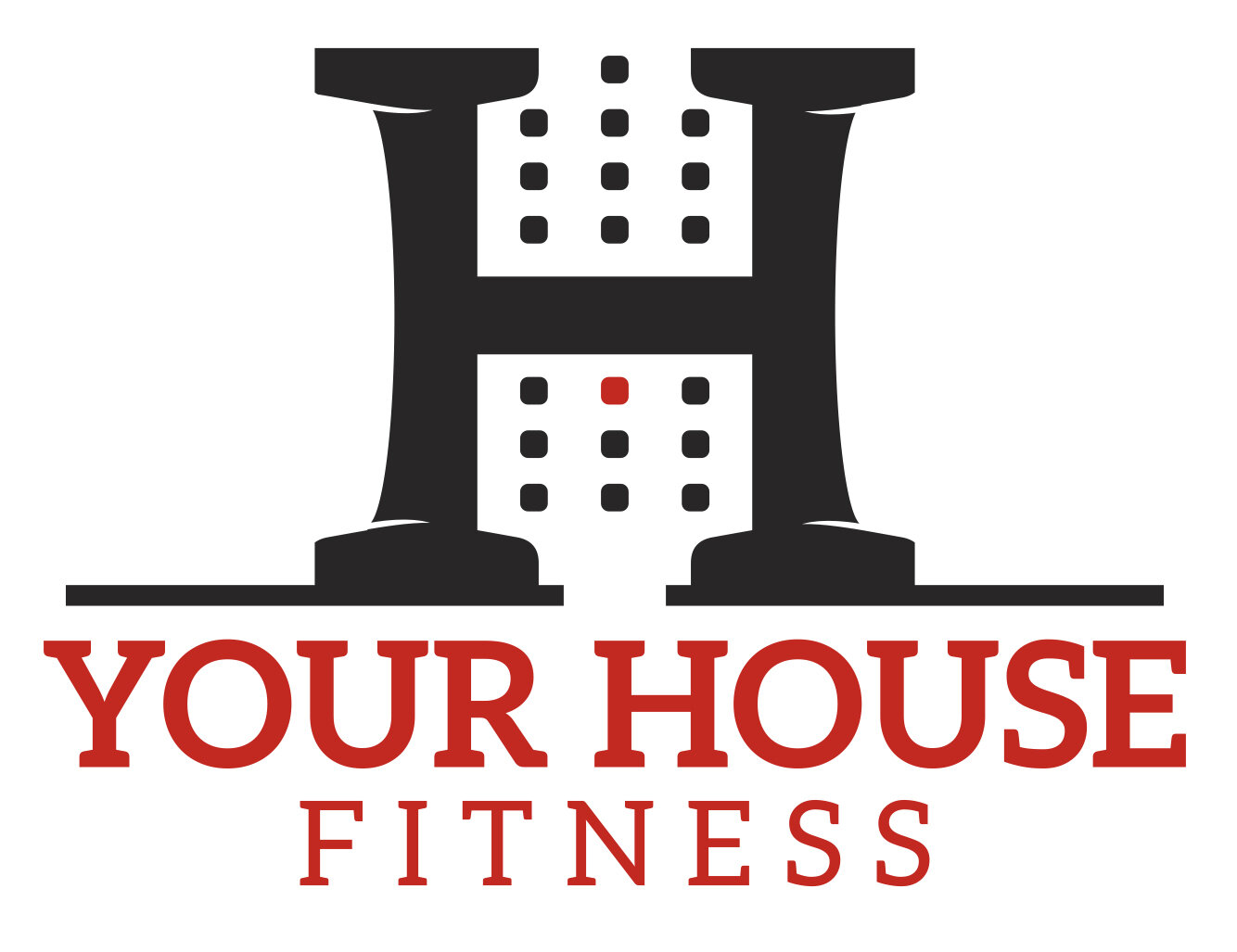Learn How to Box for Beginners: Essential Boxing Strikes and Defense Techniques
Table of Contents
What is Boxing?
Boxing is a combat sport with a rich history, specialized in hand-to-hand combat involving punches only—no knees or kicks allowed. While clinching can occur, boxing follows a strict set of rules, making discipline and technique extremely important.
Primary Boxing Techniques
Types of Punches:
Jab: A quick, straight punch with your lead hand.
Cross: A powerful, straight punch thrown with your rear hand.
Left Hook & Right Hook: Curved punches targeting the opponent's side.
Uppercuts: Right and left uppercut punches delivered upward, typically targeting the chin.
Body Shots: Including jab to the body, cross to the body, and hooks to the body.
Overhand Right: A looping, powerful punch thrown over your opponent’s guard.
Double Jab: Two quick consecutive jabs to disrupt the opponent's rhythm.
There are various types of punches in boxing, including the shovel punch and clinch punching. These are some of the primary punches beginners learn to perform. It's important to remember that there is no limit to the number of punching combinations you can utilize, such as a punch, cross, hook, or a double jab, cross, left hook, uppercut, etc.
One recommendation is to learn the technique behind each of these punches before deciding to advance in speed and power. You want to avoid developing bad technique. From my years in boxing, I've learned that it's crucial to master all types of punches correctly so that you can progress to more technical aspects of the sport.
Defense Techniques:
Blocking: Using your arms and gloves to shield against punches.
Slipping: Moving your head slightly to avoid incoming punches.
Bobbing and Weaving: A defensive U-shaped head movement used to dodge punches by transferring your weight side-to-side.
Countering: Skillfully responding immediately after your opponent attacks, which requires precision and timing.
You will find a video tutorial for each of the boxing strikes and defensive kicks here.
Supplemental Boxing Skills
We’re about to highlight other important skills that are utilized in boxing to make you a better all-around fighter.
Shadow Boxing: Improving Skills
Shadow boxing is an essential practice for developing boxing skills. It involves throwing punches in the air, ideally in front of a mirror, to refine both offensive and defensive movements. This method allows boxers to visualize an opponent, practicing effective combinations, footwork, and head movement simultaneously. When shadow boxing, always combine offensive strikes (such as jabs and crosses) with defensive maneuvers like slipping or bobbing and weaving.
Feinting: Learning to Deceive
Feinting is a crucial aspect of boxing that involves deceiving your opponent into reacting prematurely. Boxers feint differently—some throw a half jab before a full strike, while others use subtle body movements or hand gestures. Effectively incorporating feints into your boxing makes you less predictable. Equally important is learning not to react unnecessarily to your opponent’s feints, as this can compromise your defense and open you up to strikes.
By combining these striking and defensive techniques with disciplined practice, you'll significantly improve your boxing skill set.
Boxing Stance: Orthodox or Southpaw
When considering your boxing stance, you will have a more dominant side, whether that is your right or left. This is important because, as a beginner, it will help you craft your stance (this is where we introduce orthodox & southpaw stance). For example, the orthodox stance involves placing your left leg forward and your right leg back, while the southpaw stance has your right leg forward and your left leg back.
Remember, when adopting these stances, you should maintain a bladed stance rather than aligning your hips like a wall. With time, you can learn to use both stances, but as a beginner, it is strongly recommended to focus on mastering one stance before progressing to switch between them.
Boxing Fitness Recommendations: Traditional vs. Modern Training Methods
In boxing, fitness recommendations traditionally stem from standards that fighters, particularly the older generation, have followed for decades. One common practice, known as road work, involves running distances of five to ten kilometers. This helps condition the body for extensive cardio output and builds mental resilience. Alongside this, sparring and technique drills have always been crucial components of boxing training.
However, contemporary boxing has increasingly incorporated strength and conditioning exercises. Historically, many boxers avoided strength training, believing that larger muscles required higher caloric consumption, potentially slowing fighters down in the ring. They preferred bodyweight exercises and minimal strength training to maintain agility and stamina. This belief has now largely been debunked, with modern understanding emphasizing that properly executed strength and conditioning routines significantly enhance athletic performance.
Today, effective boxing training blends sparring with targeted strength and conditioning, including explosive plyometric exercises. Maintaining body care is also integral. Boxers are strongly encouraged to incorporate yoga into their routines to alleviate muscle tightness, improve flexibility, and enhance diaphragmatic breathing. Learning to brace the abdominal muscles properly is essential, particularly for absorbing impacts without losing breath—a technique known as "bracing your belly."
Additionally, boxers generate much of their striking power from their lower body, transferring force from the toes through the knees, hips, shoulders, and finally into their punches. Therefore, a strong lower-body foundation is vital. To support this, recommended supplementary practices include foam rolling, which releases muscle tension, and dynamic stretching to prepare the body specifically for boxing workouts.
Combining traditional methods like road work and sparring with contemporary strength, conditioning, and recovery practices creates a comprehensive training regimen that optimizes performance and reduces injury risk for modern boxers.



